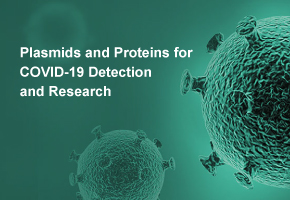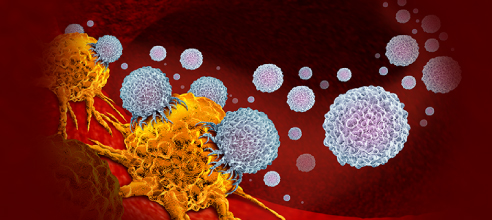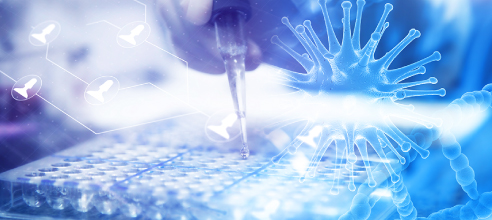Polycaprolactone (PCL) - Medical Biodegradable Material
Introduction to Polycaprolactone
PCL is a semi-crystalline polymer with a melting point of 60°C and a Tg of about -60°C. Its repeating structural unit has five non-polar methylene groups -CH2- and a polar ester group -COO-, the C-C bonds and C-O bonds in the molecular chain can rotate freely. This structure makes PCL have good flexibility and processability, such as extrusion, injection molding, wire drawing, film blowing, and so on.
Synthesis of Polycaprolactone
Polycaprolactone is a high molecular organic polymer formed by ring-opening polymerization of ε-caprolactone (ε-CL) monomer under the catalysis of active hydrogen initiator system, cationic catalyst, anionic catalyst, coordination polymerization catalyst, etc., by controlling the polymerization conditions, different molecular weights can be obtained.
Active Hydrogen Initiation System
Compounds containing active hydrogen such as water, alcohol, and acid can trigger the ring-opening polymerization of ε-CL. The reaction rate is slow and requires a higher temperature (generally 200°C~250°C). The molecular terminals of the polymerization product contain hydroxyl groups.
Cationic Catalytic System
Cationic catalysts that catalyze the ring-opening polymerization of ε-CL include methylfluorosulfonic acid, ethylfluorosulfonic acid, methylnitrobenzenesulfonic acid, methyl methanesulfonate, etc.
Anionic Catalyst
The mechanism of anion-catalyzed lactone ring-opening polymerization is as follows: anion attacks the carbonyl carbon, and then breaks the acyloxy bond and opens the ring to further form a chain growth reaction.
Coordination Complex Catalyst
There are mainly alkyl or alkoxy metal compounds, rare earth compounds, etc. The current research focus is on rare earth compounds.
Biomedical Polycaprolactone
The application of polycaprolactone has low temperature molding, strong plasticity, certain memory function, can be reused, and excellent bonding function, biodegradable, environmentally friendly, non-toxic, good skin affinity, very good permeability for drugs, and good compatibility with biological cells in vivo, cells can grow normally on its substrate and can be degraded into CO2 and H2O. In the field of surgery and medicine, it can be used as cryogenic orthopaedic splint, radiotherapy plate, resin bandage, dental mold, fully degradable plastic surgical suture, controlled release drug carrier, cell, and tissue culture base.
- Like
- Reply
-
Share
Reply
About Us · User Accounts and Benefits · Privacy Policy · Management Center · FAQs
© 2025 MolecularCloud



